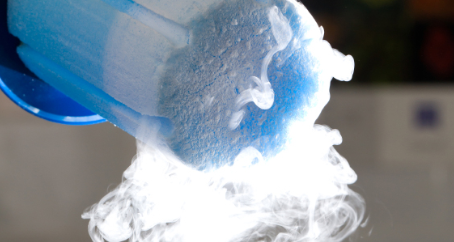As the trend towards late motherhood continues, more and more women are considering oocyte freezing as insurance against age-related infertility. In the United Kingdom, figures published by the Human Fertilization and Embryology Authority (HFEA) confirm that oocyte freezing is developing rapidly and was up 10% last year.
A study was conducted using data from London’s two largest fertility clinics involving women who, between 2008 and 2017, planned to use their eggs after freezing them.
Some 129 women – one fifth of those who froze their oocytes – returned to use them. Of these, only 36% had undertaken this process for ‘social’ reasons, the remaining two thirds – i.e. 64% – did so for clinical reasons: for example, to cope with a shortage of sperm samples available when they came for treatment.
On average, 21% of women – one in five – conceived a child. Among those who undertook the procedure for social reasons, the rate dropped to 17%.
Women are on average 37 years old when they freeze their eggs and 98% of them are single then. Those who take these steps for ‘social’ reasons do so to ‘buy time’ to find a partner and start a family. They return to the clinic with the goal of having a child when they are 43 on average. Half of them are still single then, with 48% using sperm donation and choosing ‘single motherhood’.
Oocyte freezing does not give women any guarantee.
The Conversation, Zeynep Gurtin (23/05/2019)

